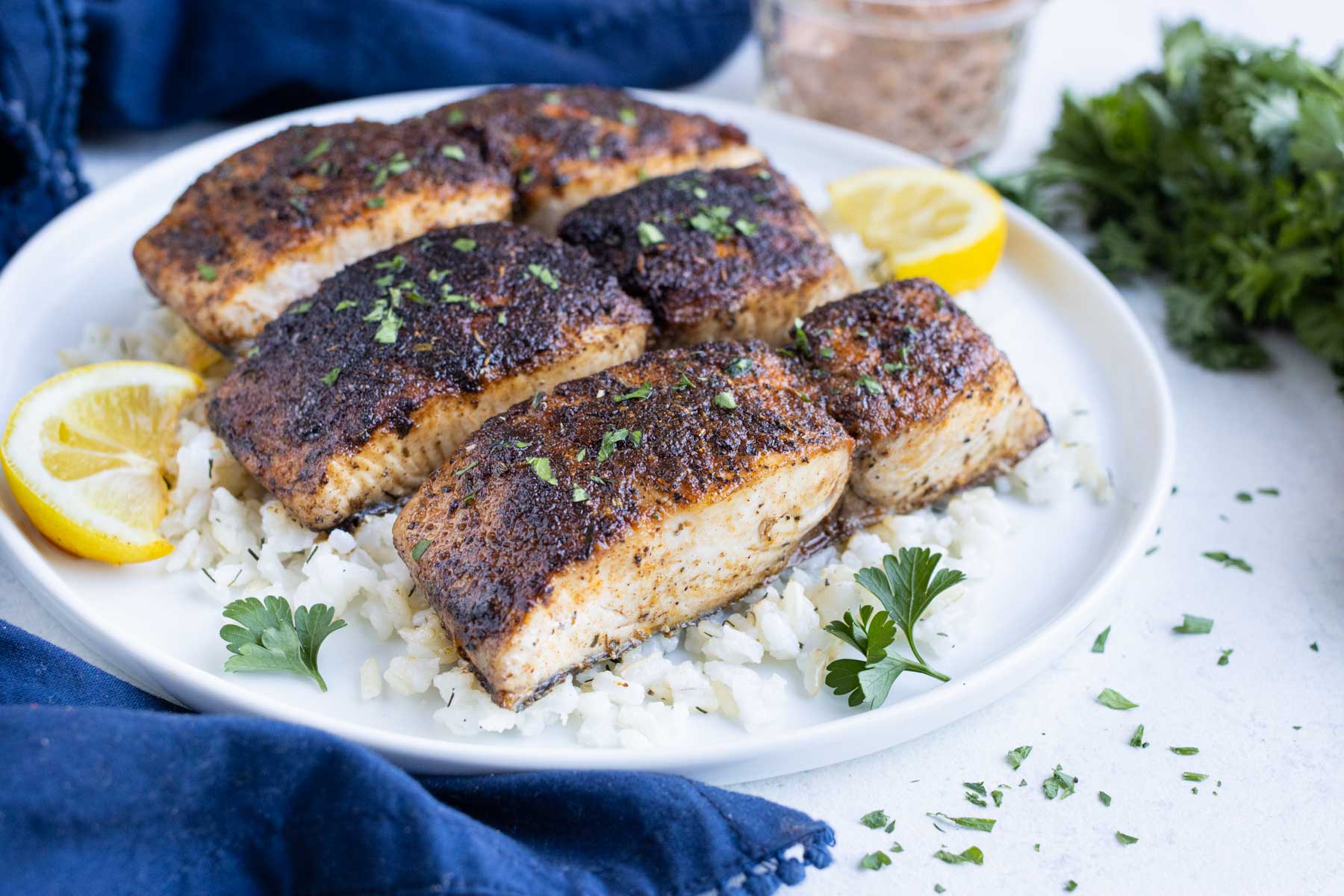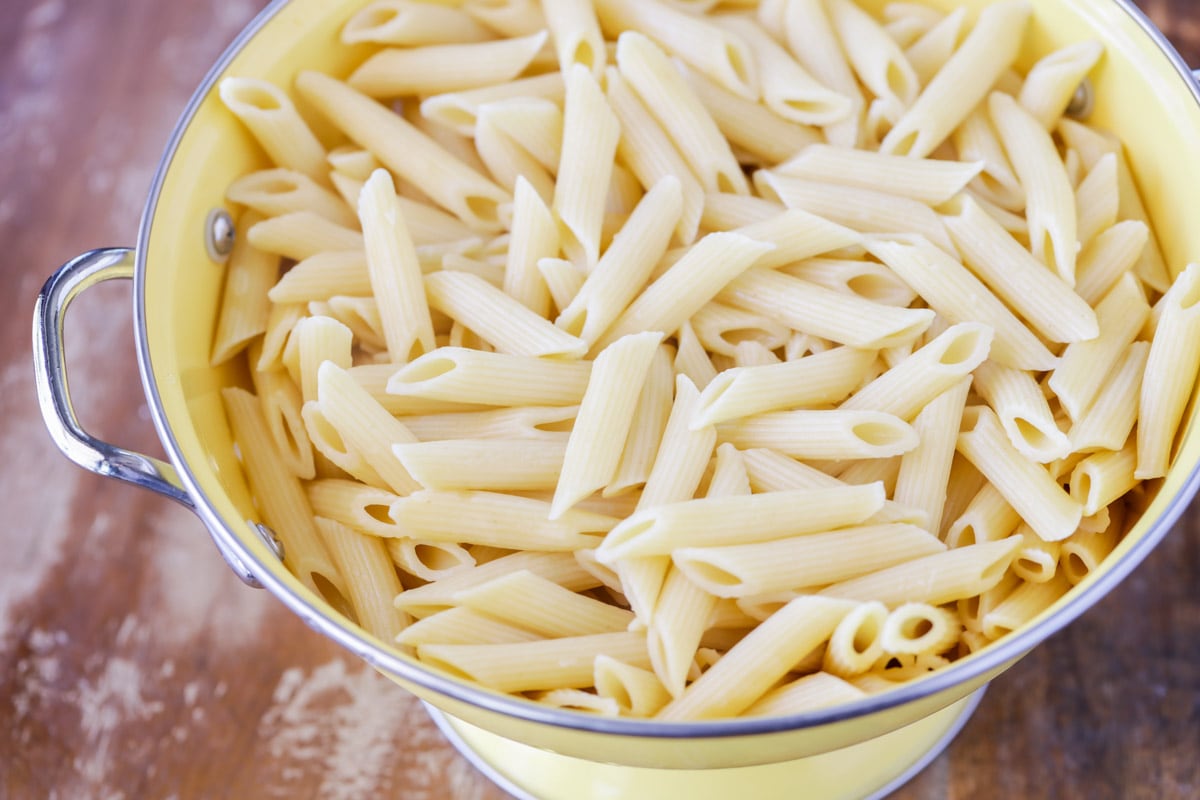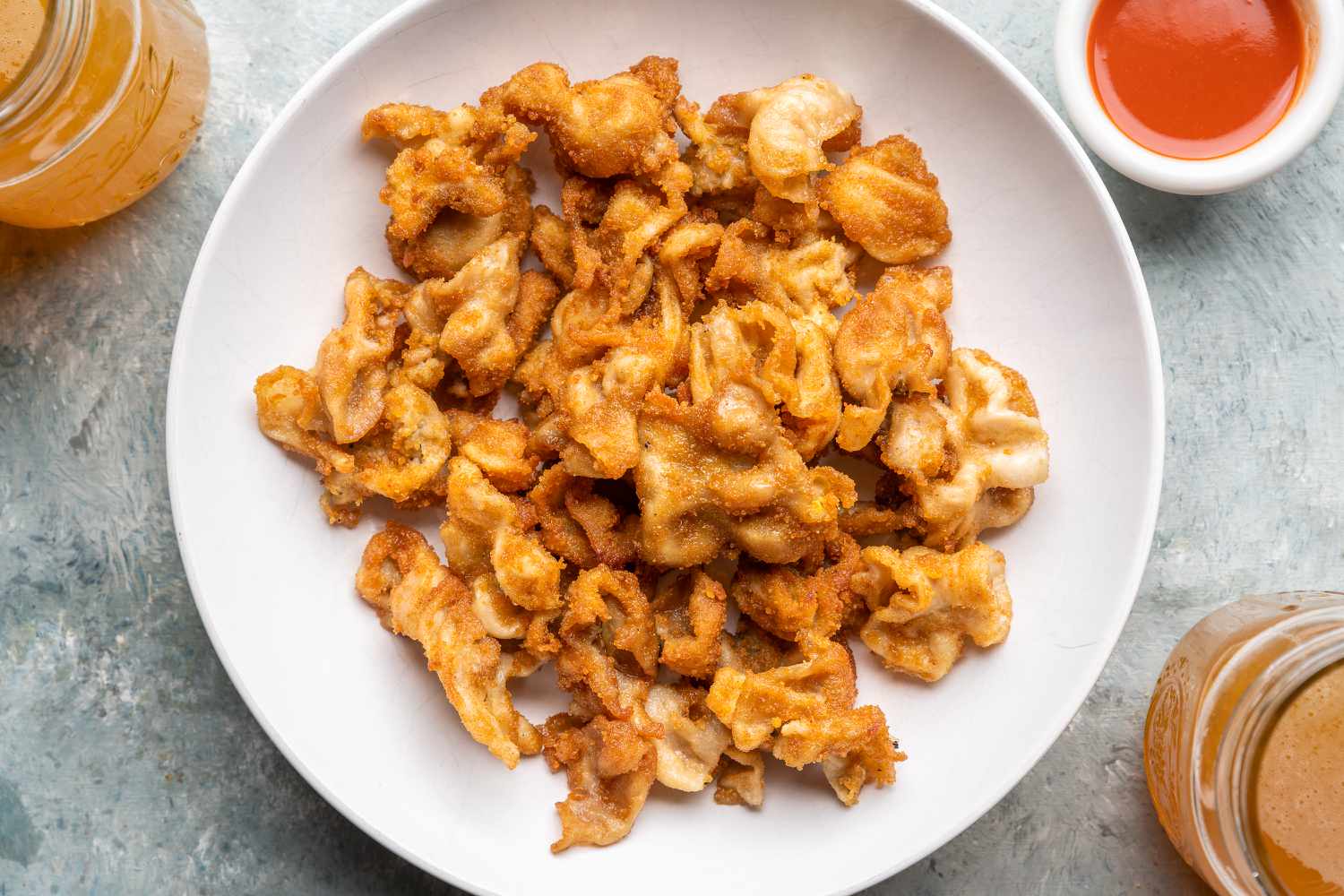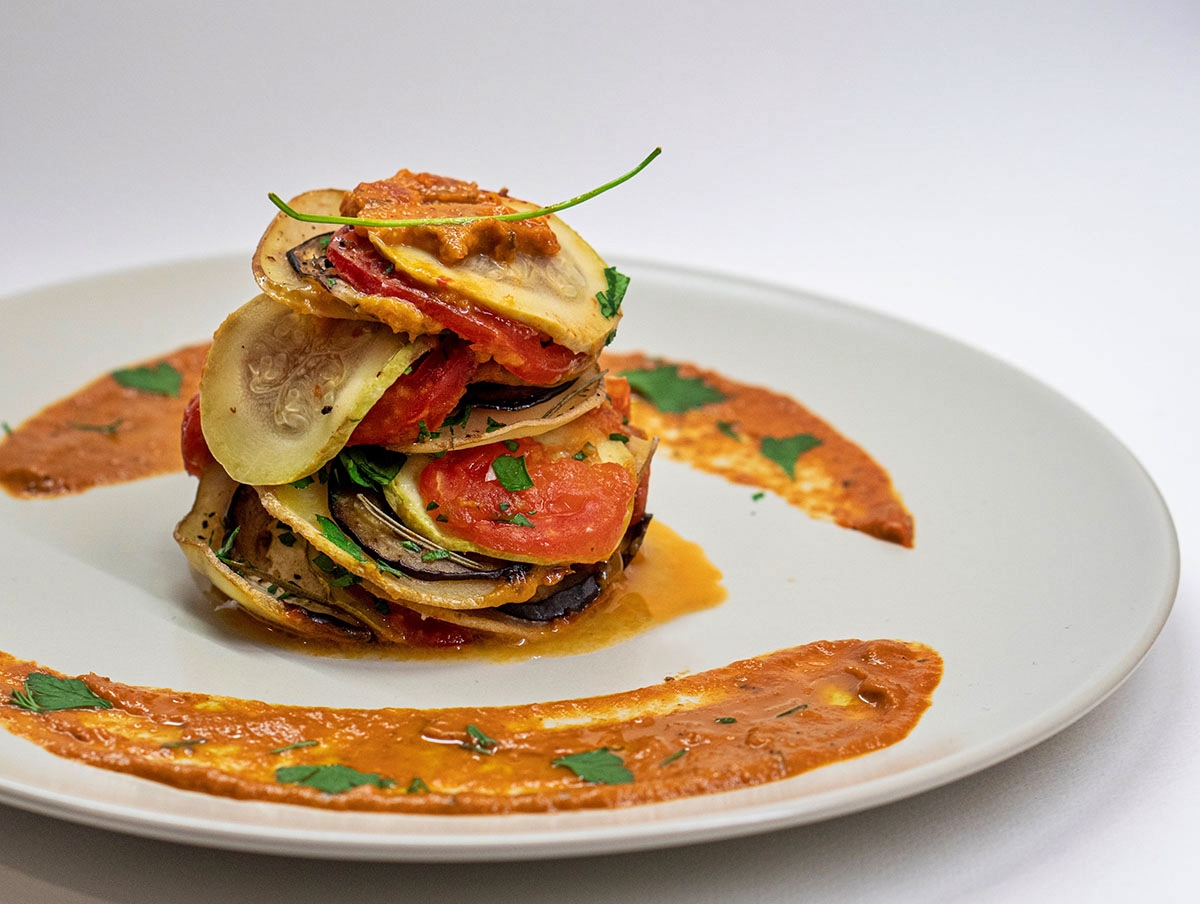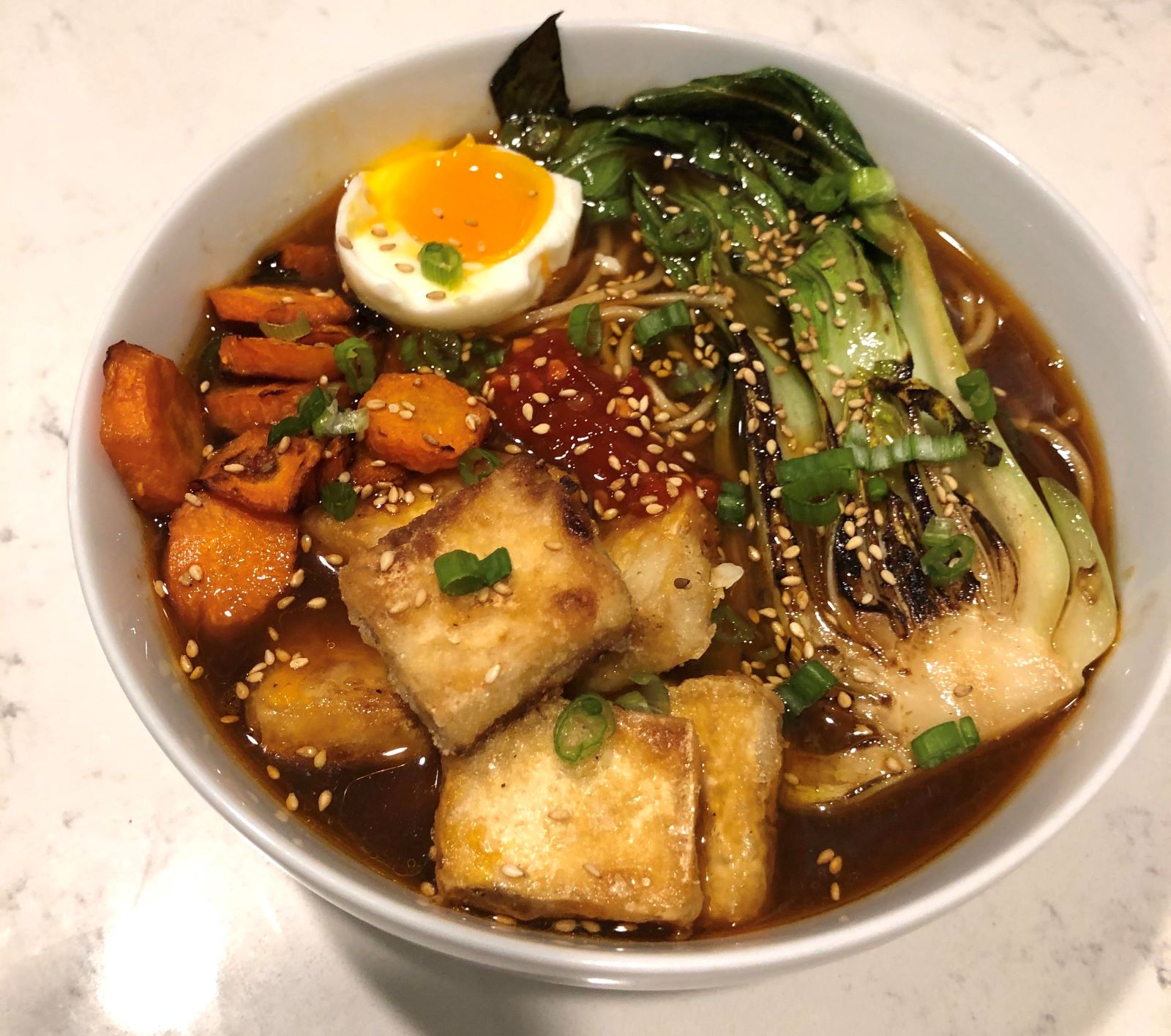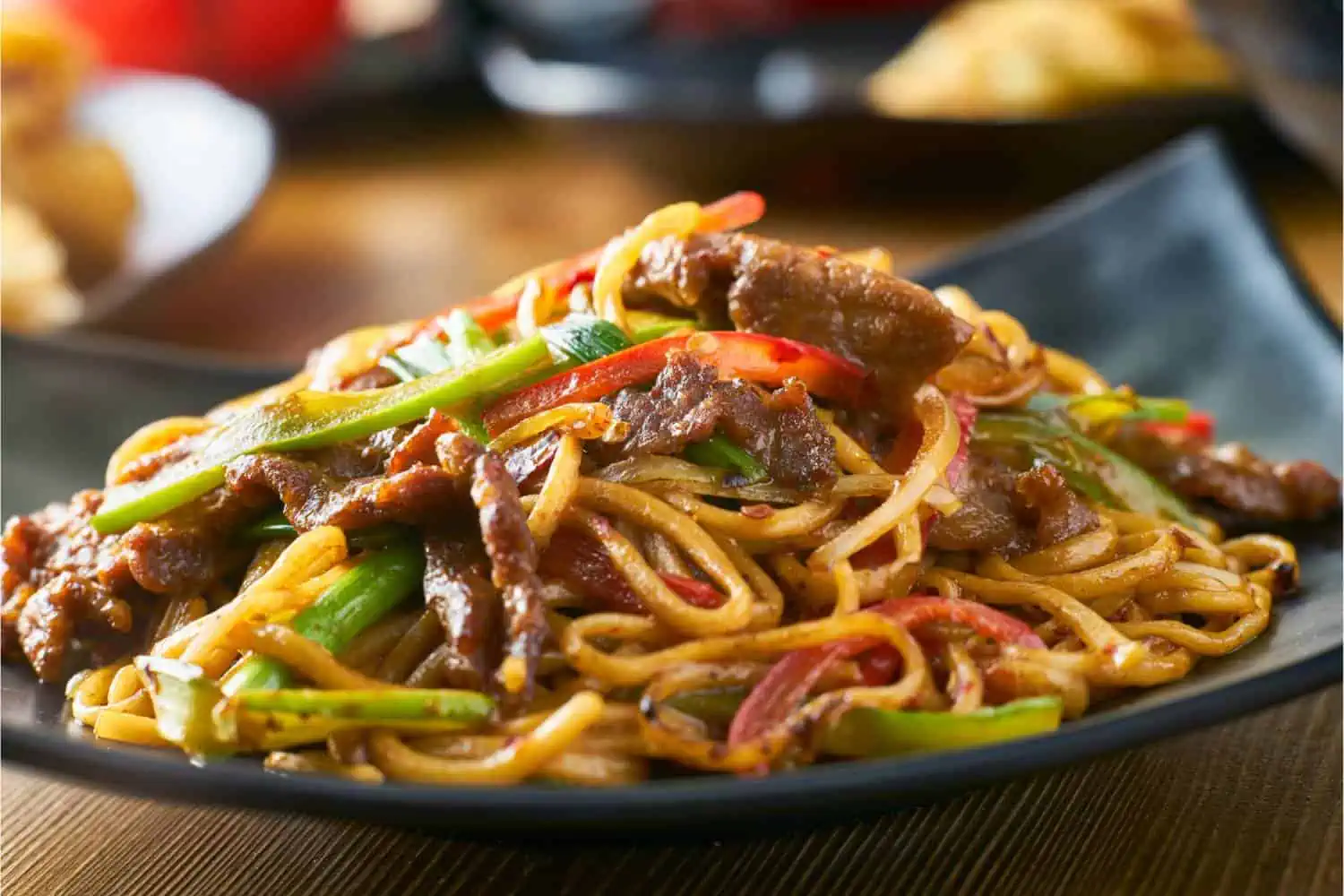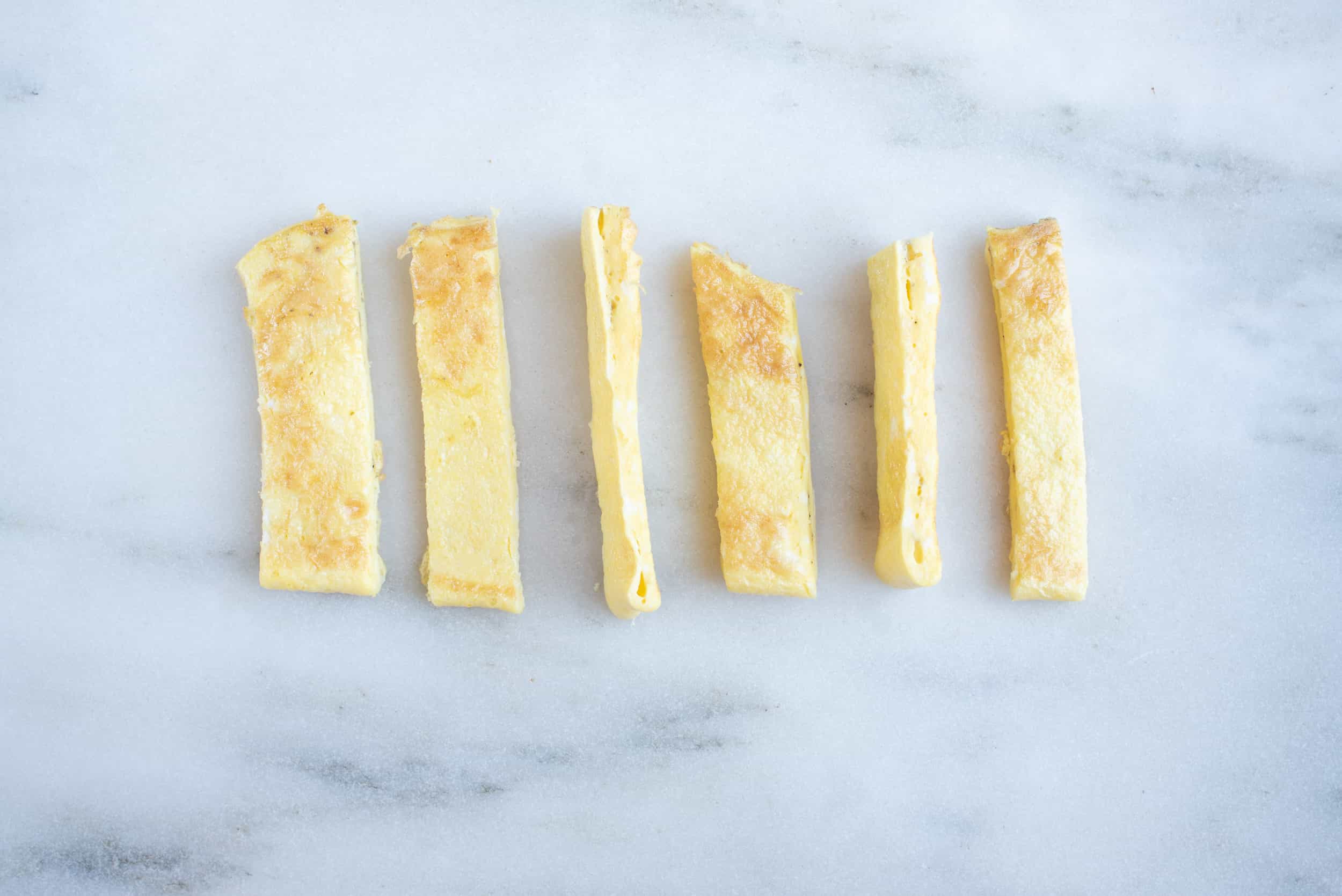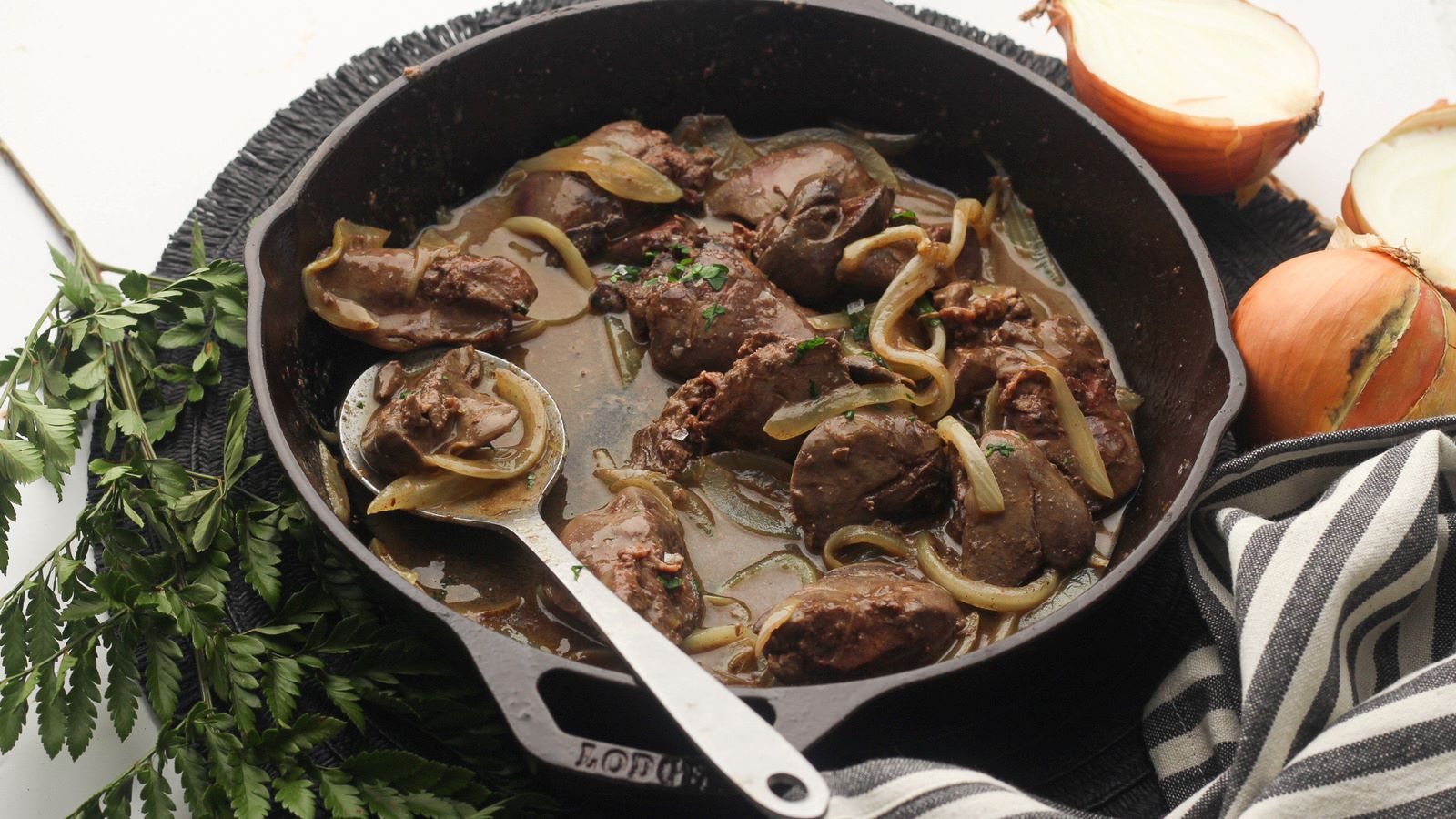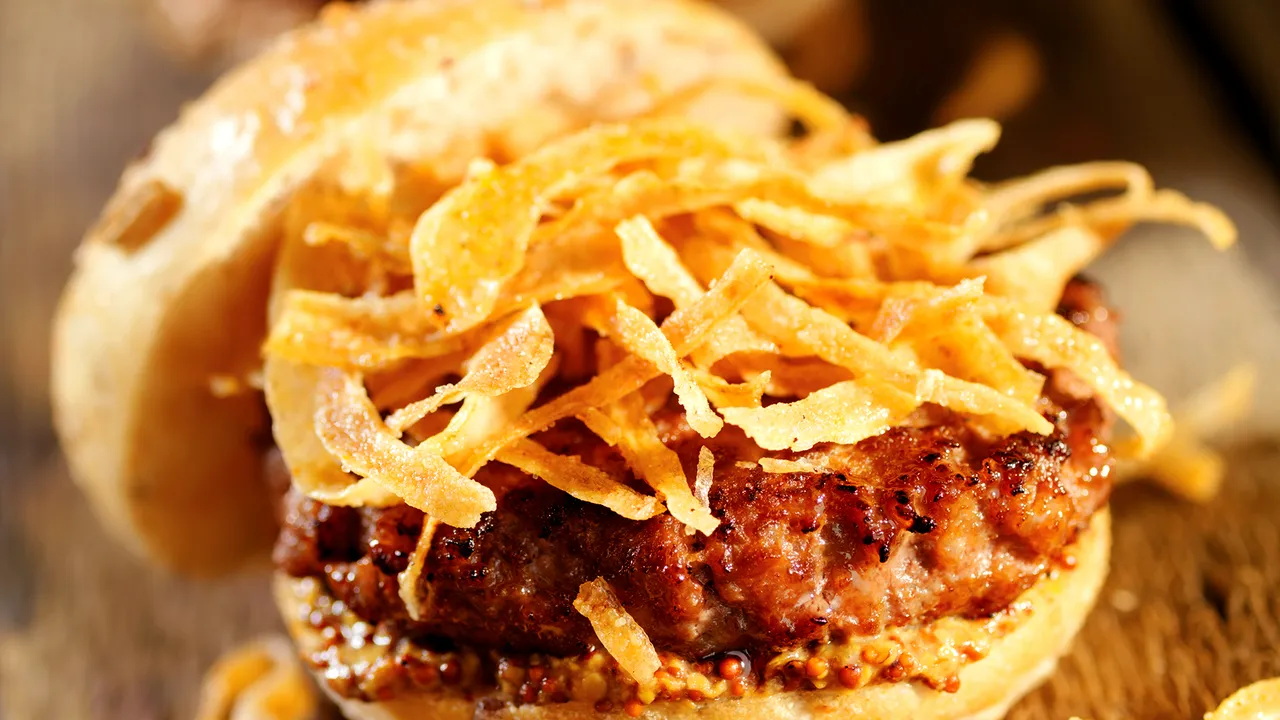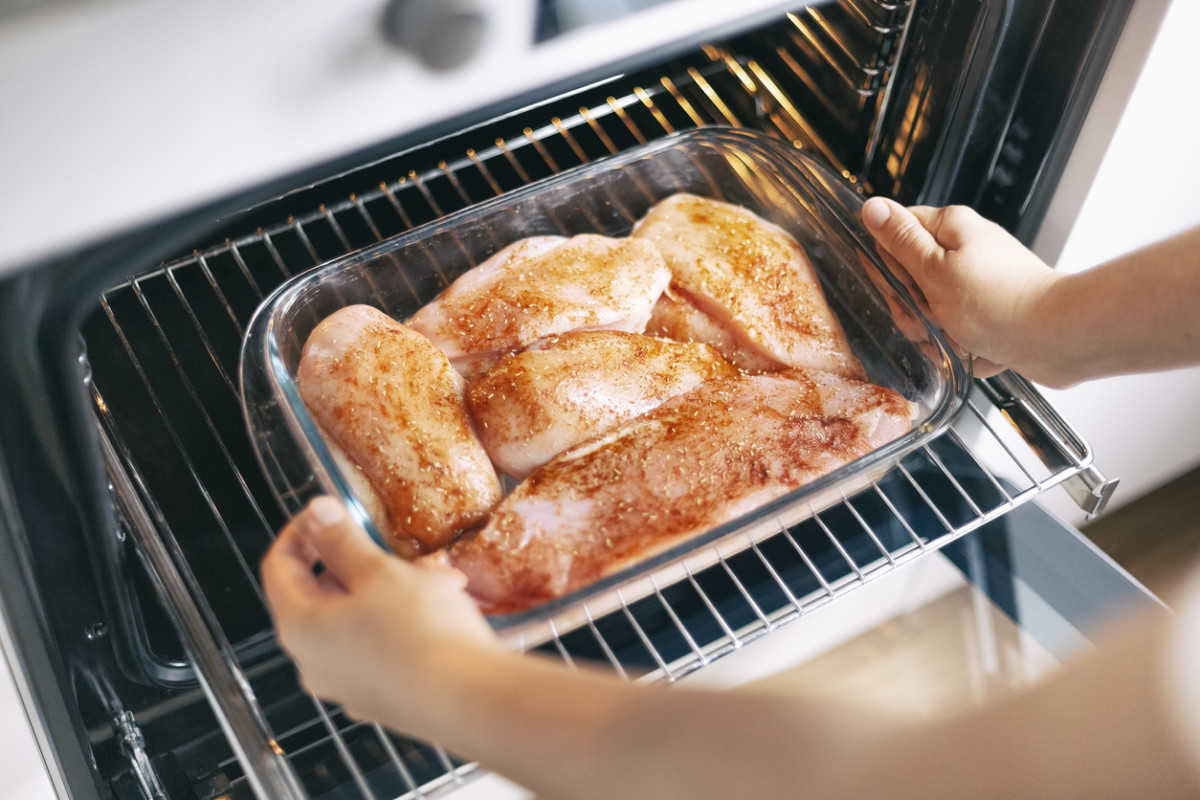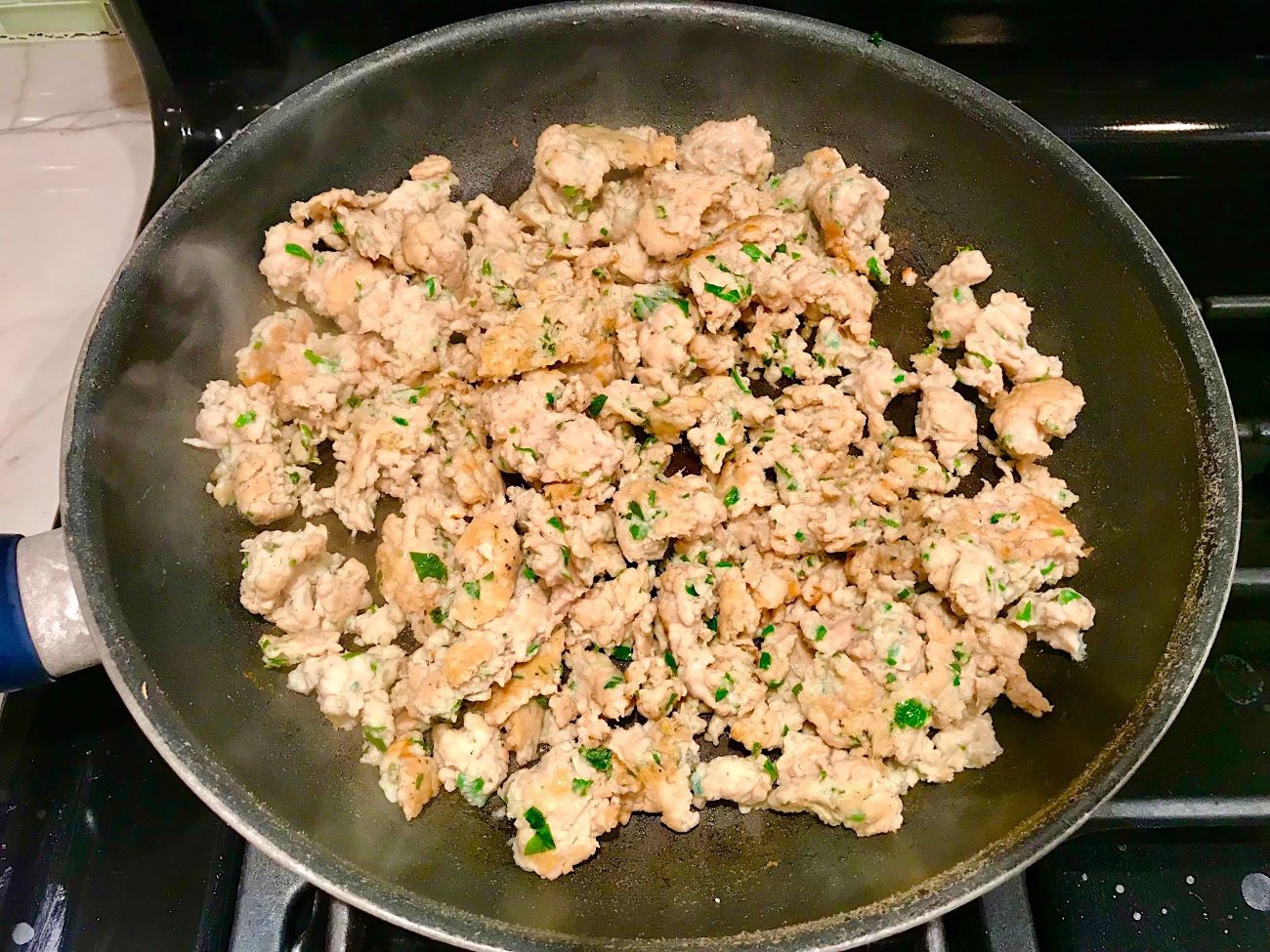How To Cook Dried Udon Noodles
Are you craving a delicious bowl of udon noodles, but only have dried udon noodles on hand? Don’t worry! Cooking dried udon noodles is easy and can still result in a satisfying and flavorful dish. In this guide, we’ll walk you through the simple steps to cook those dried udon noodles to perfection.
What You’ll Need:
- Dried udon noodles
- Water
- A large pot
- Salt
- A strainer
Step-by-Step Instructions:
- Fill a large pot with water and bring it to a boil. Make sure you have enough water to fully submerge the dried udon noodles.
- Once the water is boiling, add a generous amount of salt to the pot. This will help season the noodles as they cook.
- Add the dried udon noodles to the boiling water. Make sure to gently separate the noodles to prevent them from clumping together.
- Continue cooking the udon noodles according to the instructions on the package. The cooking time may vary, but it typically takes around 8-10 minutes for dried udon noodles to become tender.
- While the noodles are cooking, prepare a large bowl of ice water. This will be used to shock the noodles and stop the cooking process once they are done.
- Once the udon noodles are cooked to your desired texture, quickly transfer them to the ice water using a strainer. This step is crucial to prevent the noodles from becoming mushy and overcooked.
- Allow the udon noodles to sit in the ice water for a minute or two, then drain them well using the strainer.
Serving Suggestions:
Now that you’ve successfully cooked your dried udon noodles, it’s time to turn them into a delicious meal. Here are a few serving suggestions to inspire your culinary creativity:
- Create a classic udon noodle soup by adding the cooked noodles to a flavorful broth, along with your choice of toppings like sliced vegetables, tofu, or thinly sliced meat.
- Toss the udon noodles in a savory stir-fry with your favorite vegetables, proteins, and sauces for a quick and satisfying meal.
- For a refreshing twist, make a cold udon noodle salad by combining the cooked noodles with crisp vegetables, sesame dressing, and a sprinkle of sesame seeds.
So next time you find yourself with a package of dried udon noodles, don’t hesitate to cook them up into a delicious and satisfying dish. With these simple steps, you’ll be able to enjoy the authentic flavors of udon noodles right at home!
More Delicious Udon Noodle Recipes to Try
Once you've mastered the art of cooking dried udon noodles, a world of culinary possibilities opens up. From comforting soups to vibrant stir-fries, each recipe offers a unique way to showcase your new skills. For a classic experience, try the classic udon noodle soup which provides a soothing blend of flavors and textures. If you're in the mood for something heartier, the beef stir fry udon is highly recommended for its robust taste and satisfying feel. On warmer days, the cold udon salad makes for a refreshing meal that is both light and flavorful. These recipes not only enhance your cooking repertoire but also invite you to explore diverse flavors and techniques.
Was this page helpful?
Read Next: How To Cook Cabbage For Diabetics
